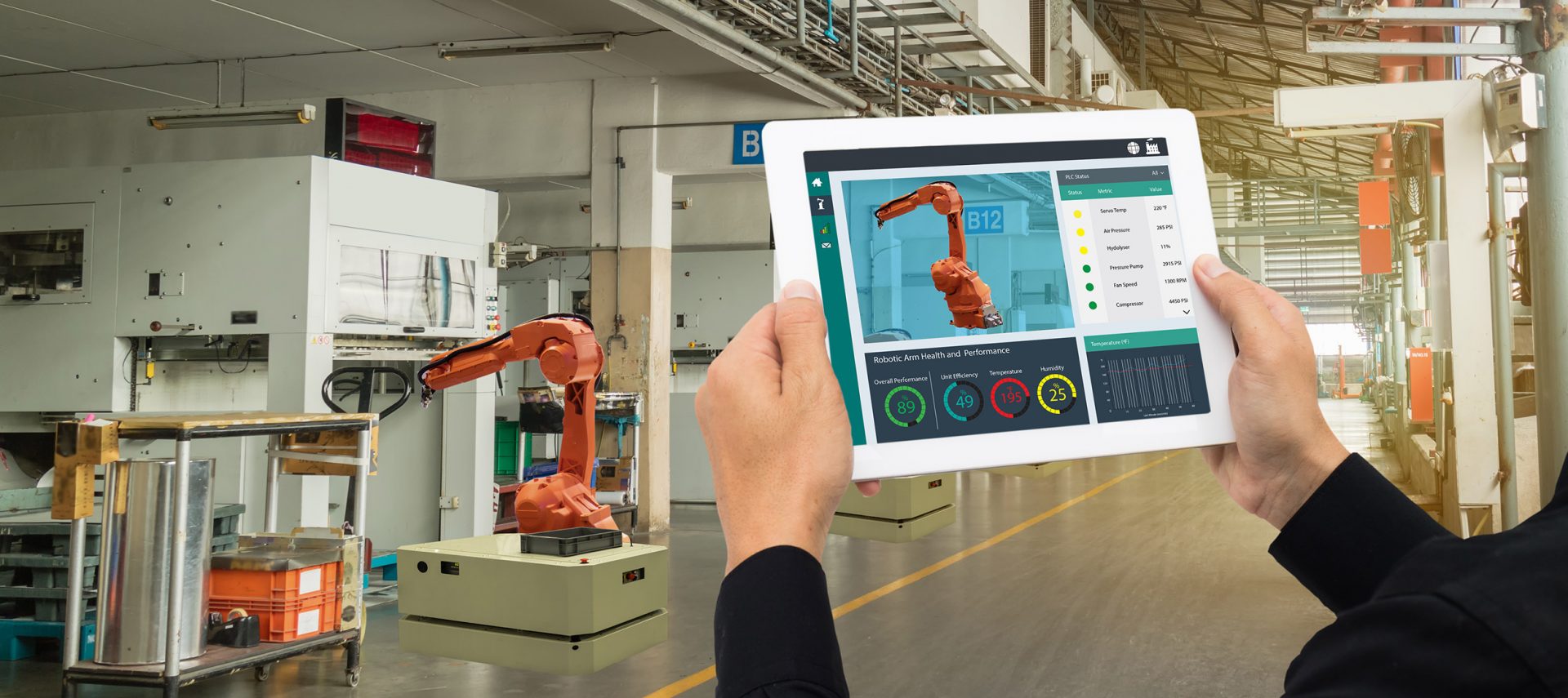The gravity of the COVID-19 crisis has forced a paradigm shift in terms of how digital transformation is viewed. This shift has been positive – one of the few positives to emerge from a year of such hardship. Organisations are having to adjust to the disruption to the status quo and the results have yielded many benefits that some didn’t expect.
The changes have even led to jokes that COVID-19 has replaced CEOs and CTOs as the leader of digital transformation in many companies. According to an old Russian saying, “in every joke, there is a little joke”. In other words, jokes mainly consist of truth. This joke about the virus certainly has a lot of truth to it – the crisis has accelerated digital transformation among countless organisations having to adapt to the ‘new normal’.
With that in mind, here are 5 ways digital transformation has been accelerated by COVID-19:
1. The use of employees and even customers for tech support
Today, almost every job is more tech-enabled than it was at the beginning of 2020. This is due to changing customer needs, an increase in remote working, government restrictions and a variety of other factors. One result has been that tech support needs have expanded on a scale never seen before.
Organisations have faced pressure to expand their support reach. Chatbots, FAQ sections and realtime collaboration with tech support teams have empowered employees and customers alike to actively resolve any issues they face. These are not new techniques, but the crisis has pushed the quantity and speed at which they are being deployed to unprecedented levels. This could be a much-needed positive move towards a coaching model of tech support.
2. The importance of employee experience has increased
Employee experience has long been a key consideration in HR circles but amongst IT professionals the concept has a somewhat mixed perception. It was often written off as employees expecting to get state-of-the-art tech on a shoestring budget.
Now, with so many people having to work remotely, there has been a shift. A quality employee experience of digital technology has moved from being an optional luxury to becoming the only way to get work done. As a result, it is receiving the attention it has long-deserved, and a happy employee is a productive employee.
3. Radical reshuffles: identifying gaps, resolving conflicts and redundancies
With the implications of the COVID-19 crisis, organisations everywhere have been performing holistic audits of the state of their digital transformation. With the use of the technology on hand going through the roof, any missing capabilities that exist have become glaringly obvious. In fact, many redundant or conflicting systems have only been identified as people start using them for the first time.
Some of the issues that come to the fore will drive a focus on rationalising systems. Others will play out on a policy level. In any case, organisations are being forced to take a long, hard look at the way their digital transformation has gone so far and begin optimising things that have gone unnoticed for a long time.
4. Increased automation to cut costs and improve safety

Automation is another thing that isn’t new. In many factories, industrial robots form up to 1% of the ‘workers’ on the factory floor. Robotics for automating processes has already grown into a market worth billions of pounds. But automation has now moved from the realm of ‘innovation’ to that of ‘resilience’ thanks to mounting pressures.
The cost of a human workforce has become a more serious issue for many organisations, as has the need to have fewer humans in workspaces to manage social distancing. Business leaders who have been championing automation are suddenly receiving unprecedented support to implement it.
5. Choosing what works over what might be perfect
When it comes to digital transformation, large and small business leaders are often guilty of perfectionism. But with a crisis to deal with, that inner perfectionist has been silenced. Drastic disruption has forced many to take a much-needed second look at their relationship with technology.
Finding solutions that work has taken priority over waiting for a fancy system with all the bells and whistles. As such, the principle of finding solutions that work, even if they are not the complete infrastructure leaders once envisioned, is bringing an end to procrastination.
Final thoughts
The surge in digital transformation that has been forced by the pandemic has been a welcome shift for customers and employees alike. Now, more than ever before, companies in Jersey and beyond must embrace change in order to survive in a highly competitive landscape. If you get it right, you can do more – you can thrive with happy, productive workers, streamlined operations and satisfied customers across the board.
If there is one positive to take from the COVID-19 pandemic, it’s digital transformation.

